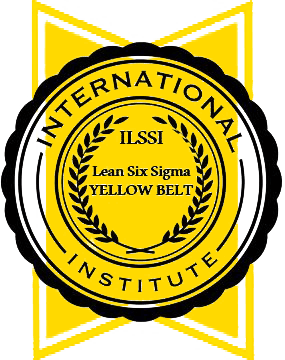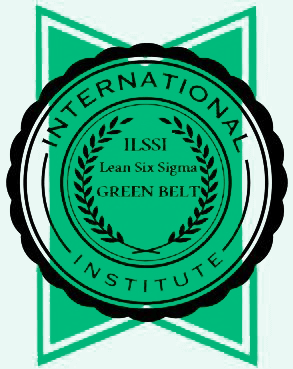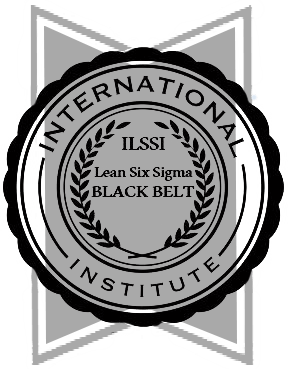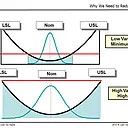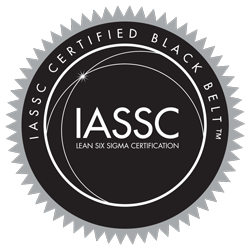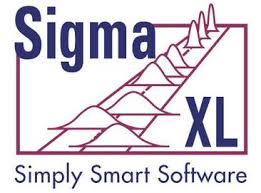This is the response to a question I was recently asked about how the DMPO to Process Sigma level is calculated and how practical is it ? Here is my voice of sanity in the confusion that surround the subject of DPMO and Process Sigma.
Just remember the following numbers and it will help to keep you straight:
Short Term Process Sigma of 6 is equivalent to 2 defects in a Billion Opportunities or Defects for a 2 tailed and centred process ( defects occur on both sides of the mean ). If it is a 1-tailed process and defects only occur on one side then it is only 1 defect per Billion needed to be called Process Sigma of 6.
Long Term Process Sigma of 6 is equivalent to 3.4 defects in a Million Opportunities for Defects and relates to a 1-tailed process or 6.8 if you know for sure that your process has defects on both tails ( 2-tails ).
Here is also a nice explanation given by “Hog” of isixsigm.com in Blog. Nice job Hogg!
The sigma process metric is defined as the distance to the *nearest* limit, and does not relate to the other limit (if there is one). Consider a process centred between two limits, and ignore the 1.5 shift for the moment. If the left and right limits are 2 standard deviations from the mean, this is clearly a 2 sigma process. If however the left limit were 3 sd away, then this would still be a 2 sigma process. Certainly there are less defects experienced with less of the distribution outside of the limits, but you cannot call this a 3 sigma process or something between 2 and 3, it still has to be called a 2 sigma process. Taken to the extreme if the left limit was 10 sd away then this is still a 2 sigma process and effectively becomes a one sided issue, with the defects equal to the area under the normal curve to the right of just the 2 sd limit.
The DMPO equivalent to process sigma is just an approximation for use when the distribution is not particularly normal or the metric is discrete or when it is just easier to count opportunities and defects. It works for one-sided limit cases, and for high values of sigma. For low sigma values and where two sided limits exist it will always be an approximation – one approach is to add both sides of the tails together and calculate the equivalent process sigma from a one-sided limit.
Hogg : isixsigma.com 2001


